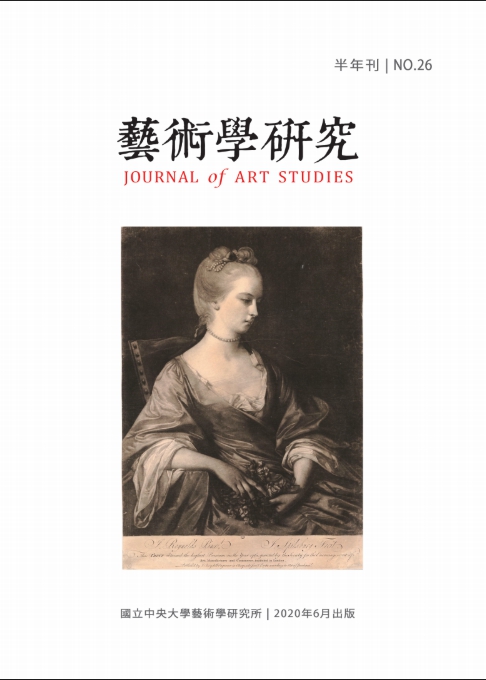江戶初期隨著德川幕府提倡朱子學,儒家圖像獲得新的政治地位,《聖賢圖》與《歷聖大儒像〉為其中的代表性實例。狩野山雪繪製《聖賢圖》時參照明代版畫與江戶儒者的意見來表現人物的個別性。《歷聖大儒像》則是林羅山委託狩野山雪為江戶忍岡私塾所製作。此圖中孔子像的特點在於結合司寇與文宣王的兩種形象。過去學者均將《歷聖大儒像》視為釋奠圖,此論點有待商榷。本文由圖像源流與儀式空間的角度來考察,認為這套圖像應是作為道統圖,推測林羅山訂製《歷聖大儒像》意在標榜其私塾承繼朱子學道統,以建立其政治學術的權威性。
In the early Edo period, the Tokugawa shogunate propagated the study Zhu Zi. Two examples representing this propagation are Confucian images which garnered a new political status, as well as The Images of Sages and The Successive Sages and Garand Confucian Scholars. When Kano Sansetsu (1590-1651) was painting The Images of Sages, he adopted the Ming woodcut prints as pictorial sources and referenced the opinions of Confucian scholars. Hyashi Lazan(1583-1657)commissioned Kano Sansetsu to paint The Successive Sages and Garand Confucian Scholars for the Sinobugaoka private school in Edo city. In this set of paintings, the image of Confucius is unique because it is a product of two roles being rolled into one: the Minister of Justice and the King of Wenxuan. Some scholars previously regarded this set of paintings as pictorial sacrificial rites to Confucius, however this reading is problematic. This paper examines the pictorial origin and ritualistic space of this set of paintings to suggest that they are Confucian orthodoxy paintings. Hayashi Lazan commissioned the paintings, probably to publicize his private institute’s inheritance of Zhu Zi’s philosophy while also establishing his own political and academic authority.


